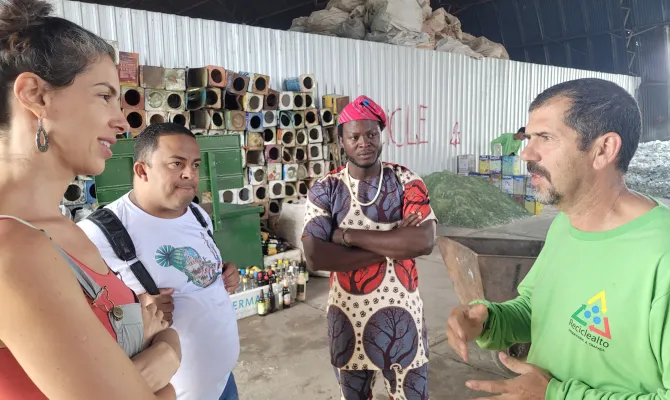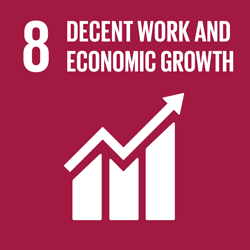
Thank you so much for your generous donation!
You're creating real change — your support truly matters!
Stay connected with the project you backed and with Nature Invest -- be part of the movement for a better planet.




Created by, Philippe Greier
Organization Name: Cobra Canoa
Strategic Partner: Project Not Assign
Cobra Canoa is an intercultural collective that works towards the deep transformation needed for a healthy planet and thriving communities. We develop collaborations with indigenous communities and allies to decolonize our history and build a thriving future for all beings.
The primary challenge that this project aims to address is the complex and interconnected issue of sustainable living in the face of an unpredictable world. The problem can be broken down into several key components:
Environmental Degradation in the Cerrado:
Cultural Erosion and Empowerment:
Lack of Regenerative Practices:
Global Disconnect and Collaboration Gap:
Undefined Future for Chapada dos Veadeiros:
The significance of these challenges lies in their potential impact not only on the local environment and communities but also on the broader global context. The project seeks to create a ripple effect by addressing these challenges at a local level, demonstrating that collaborative, regenerative practices can serve as a model for sustainable living that transcends geographical boundaries. By tackling these issues, the project aims to contribute to a more resilient, interconnected, and sustainable future for Chapada dos Veadeiros and beyond.
Mother Earth asks for a collective learning process including indigenous, modern, and traditional communities. We’re here to build bridges between leaders attending her call.
In March 2024 a group of indigenous leaders will travel together with western experts and investors through the Chapada dos Veadeiros, engaging with traditional communities and mapping regenerative initiatives. Our mission is to share and learn with indigenous and Western leaders about the impact of modern society on traditional communities. With our eyes on the future and our feet firmly in our ancestry, we look forward to connecting traditions, seeking solutions to the socio-environmental challenges of our diverse societies, and building strong alliances.
The learning expedition will be executed just a few hours from Brazil's political capital, the Cerrado Biosphere, it is also home to several Amazon Forest river basins and the territory of the largest Quilombo Community in Brazil
Cultural Exchange and Empowerment:
Regenerative Mapping for Sustainability:
Hands-On Projects and Collaborative Initiatives:
Global Partnerships and Knowledge Sharing:
Vision Kalunga 2050 as a Guiding Light:
Chapada dos Veadeiros - Alto Paraíso de Goiás, State of Goiás, Brazil